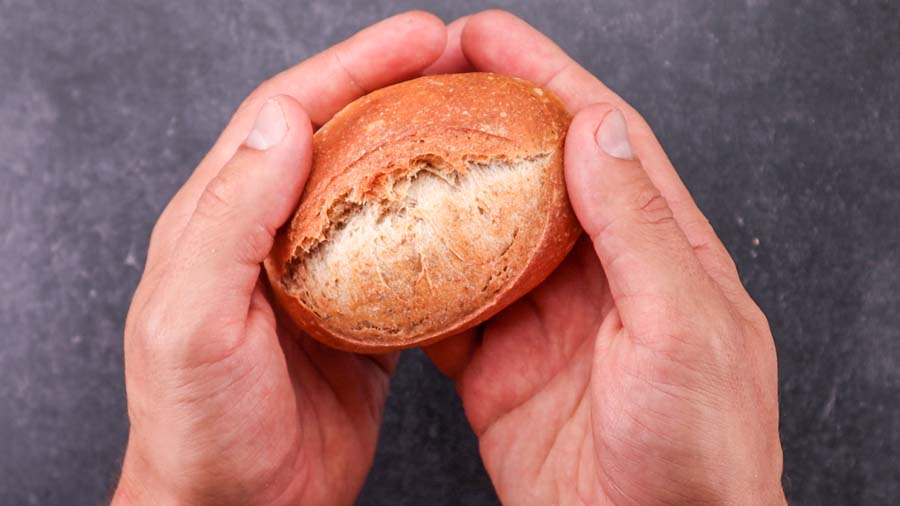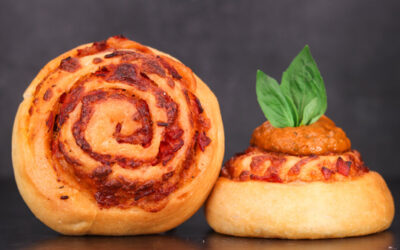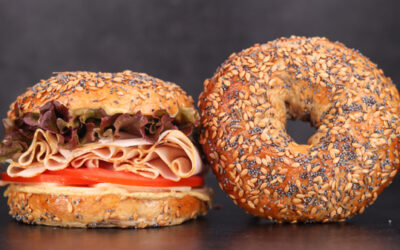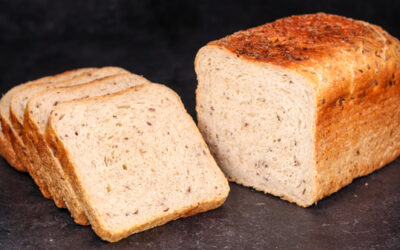Brötchen are little breads that are perfect for serving alongside soups or stews. They can also be part of a breakfast offer with butter and other spreads. Of course, you could use them for sandwiches, but there are better breads for that application.
Making miniature loaves of bread is quite fun. You can test your shaping skills and pretend that you’re a giant at the same time.
The rye flour can be replaced with more whole wheat, and you can mix in some caraway seeds for extra flavour. This recipe makes 8 breads. To make more simply multiply all the ingredients.
Watch the video down below for detailed instructions.
Ingredients
For the dough –
320g (11.3oz) white bread flour
40g (1.4oz) whole wheat bread flour
40g (1.4oz) wholegrain (dark) rye flour
8g (0.28oz) salt
3g (0.1oz) instant dry yeast or 3.6g (0.13oz) active dry yeast or 9g (0.32oz) fresh yeast
280g (9.9oz) water
To learn more about no-knead bread dough temperature control click here.
The flour I use has a protein content of 13%. If your flour is weaker, then you may need to lower the hydration.
If you are using active dry yeast, then you may need to let it sit in the water for 10 minutes before adding the other ingredients or else it could take a lot longer to raise the dough.
Method
- In a large bowl combine the water, yeast, salt, whole wheat flour, and rye flour. Mix well to dissolve the salt. Add the white bread flour and mix to a dough. *Desired dough temperature 25C – 26C (77F – 79F).
- Cover and refrigerate for 30 minutes.
- Fold.
- Cover and cold ferment for 18 – 24 hours.
- Divide the dough into 8 equal pieces. Pre-shape and rest for 20 minutes.
- Shape and place on a non-stick paper lined baking tray.
- Cover and final proof for 30 minutes. Remove the covering halfway through the final proof. My kitchen was very warm that day. It may take you longer.
- Score the loaves and spray them with water.
- Bake at 220C (430F) fan off for 25 minutes.
Keep in mind that the conditions in each kitchen are different, so fermentation times may vary for you. It is up to the baker to control the bread and react accordingly.
Your oven may be different too, so your baking time may vary.



